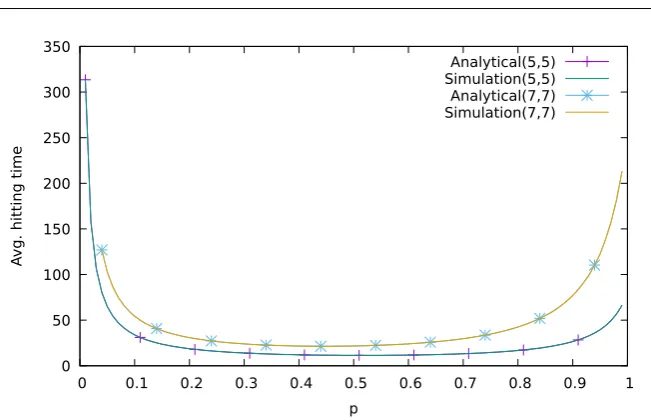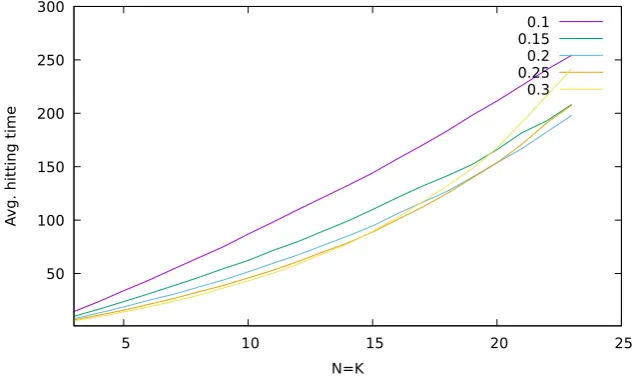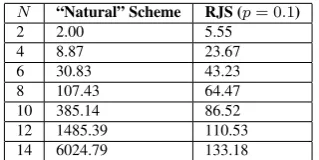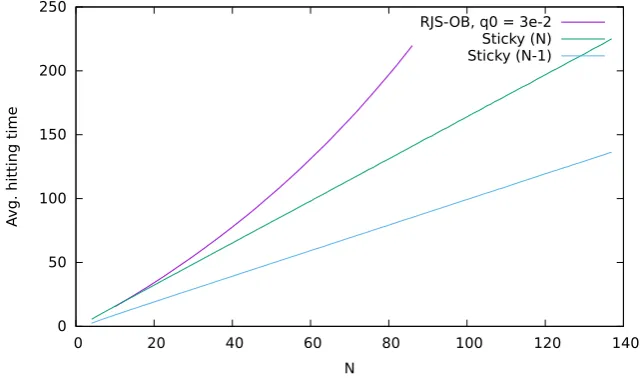Autonomous Allocation of Wireless Body Sensor Networks to FrequencyChannels: Modeling with Repeated "Balls In Bins" Experiments
Full text
Figure




Related documents
Looking into figure 02 knowledge management practices dimensions it is revealed knowledge creation among the employees was high compared to the other dimensions
According to the species karyologically investgated in Schizothoracinae (Table 1), most of the species in Schizothorax had higher number proportion of the telocentric
For the poorest farmers in eastern India, then, the benefits of groundwater irrigation have come through three routes: in large part, through purchased pump irrigation and, in a
Experiments were designed with different ecological conditions like prey density, volume of water, container shape, presence of vegetation, predator density and time of
Forum welcomed the best practices developed by industry and recalled that all energy companies should make their bills readable, accurate and frequent in conformity with both the
HCC is developing in 85% in cirrhosis hepatis Chronic liver damage Hepatocita regeneration Cirrhosis Genetic changes
Not much research has been done on the microbiological status of mobile phone surfaces. Mostly studies conducted in hospital environments can be found, but studies among the





